The rejection of Socialist Realism in Poland
During the thaw period, Socialist Realism was rejected. This rejection is twofold, since it is the fault of both artists and regimes. In Poland, the break occurred mainly during the Polish October of 1956. The intelligentsia then nourished the hope of a total freedom of creation, associated with the image that intellectuals and artists have of an authentic socialism, which Stalinism would have betrayed. It is not socialism that is therefore repudiated, but its alleged distortion, characterized by sterile conformism, heavy dogmas, moral conventions, historical determinism and enslavement towards Soviet Russia.
At the level of the regime, the Polish Communist Party also abandons Socialist Realism. He abandoned the effort to control all spheres of reality and now exercised his control role not through administrative constraint and direct interference in the artist's studio, but through ideological and political suggestion. The main instrument of the cultural dictatorship, the Culture Department of the Central Committee, was dissolved in November 1956 at the request of the creators and replaced by a secretariat for cultural affairs, with reduced powers and staff[2] In practice, the Party had practically no influence on artistic creation for a few months. However, the government refuses to give up its influence over culture entirely and continues to prevent any activity that could subvert political control. [3]
In this context of relaxation, artists emancipate themselves from Socialist Realism and explore new aesthetic paths. In the field of architecture, the abandonment of ideological priorities is reflected in a refocusing on the lives and needs of users.
1] BUHLER, Pierre, Histoire de la Pologne communiste : Autopsie d'une imposture, Paris, Karthala, 1997, p. 365.
2] Ibid, p. 366.
3] MACHCEWICZ, Paweł, LATYNSKI, Maya, Rebellious Satellite: Poland, 1956, Washington, D.C., Stanford University Press, 2009, p. 246

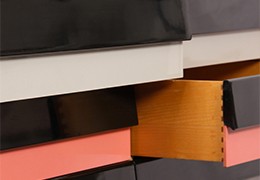
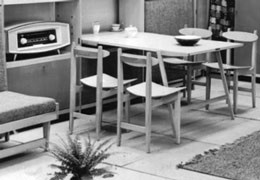

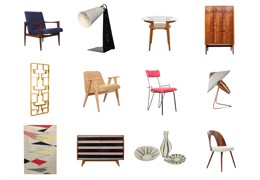
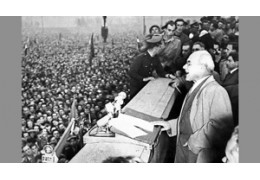
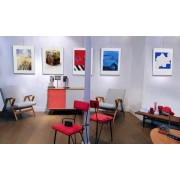


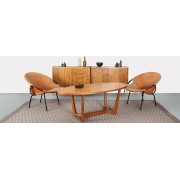

Leave a comment